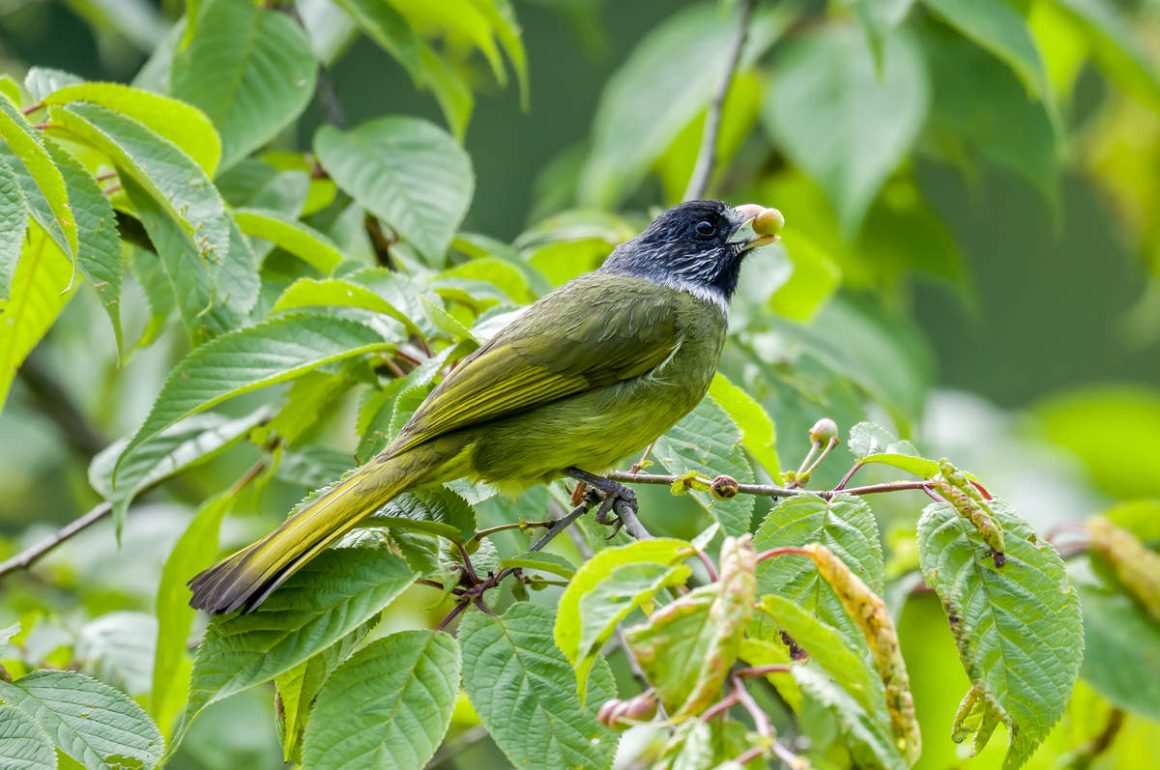
The Collared Finchbill is not a rare bird, and it is not endangered, but it is a particular favorite of mine. So, in order to show a few more photos of the bird than the usual two or three had I included this bird in a post of birds seen around Wolongshan, Sichuan, here is one dedicated to the species.
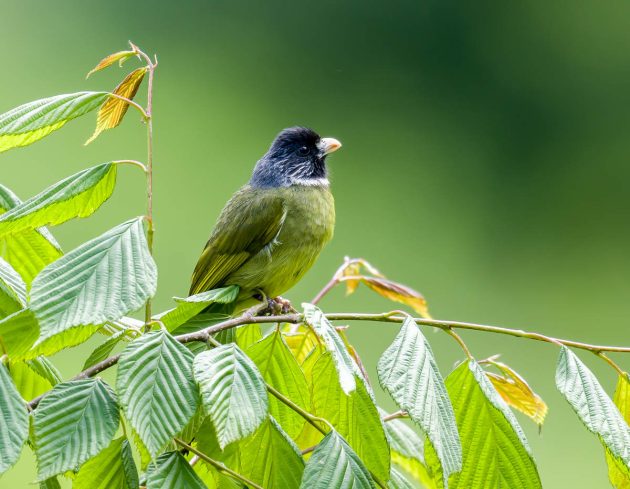
The Collared Finchbill is a bulbul, even though the name does not state this directly. It is a bit of an outsider in the bulbul family, being only one of two bulbuls in the genus Spizixos (“chirping bulbul” – a bit strange as many other bulbuls including the omnipresent Light-vented Bulbul also chirp a lot). The other is the Crested Finchbill.
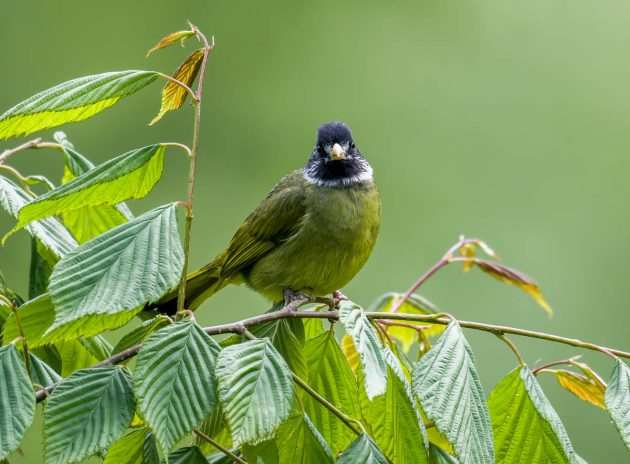
The Latin species name is semitorques, which means something like “half-twisted” – but I have no idea why. The Japanese Scops Owl has the same word in its name (Otus semitorques), but I could not find an explanation for that either.
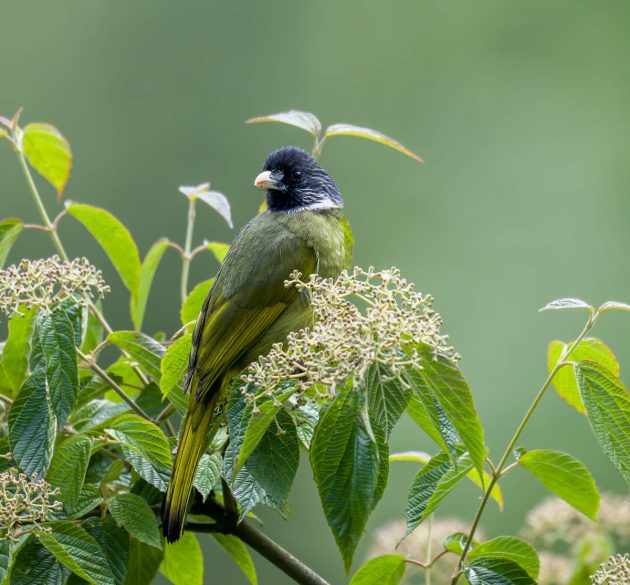
The distribution map of the Collared Finchbill includes Shanghai, which is at the Northeastern border of the distribution – but in fact, Collared Finchbills are quite rare here. Generally speaking, though, it is a common bird that benefits from tolerating highly man-modified environments (HBW). So, I guess maybe Shanghai is just too cold for it in winter.
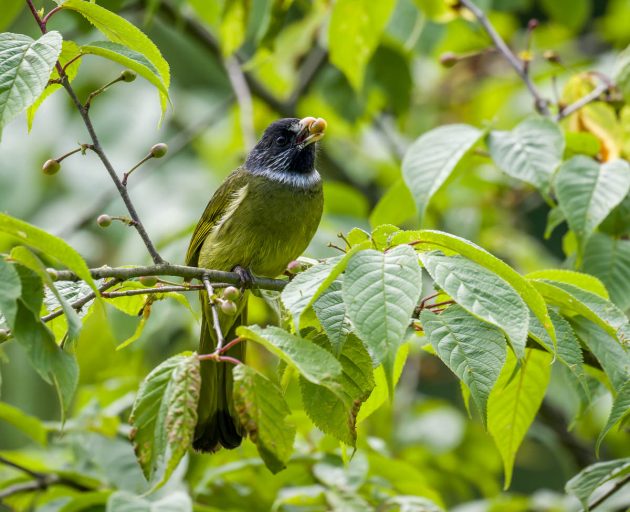
If you are more interested in feather mites than in birds, a paper describing two new species of pteronyssid feather mite species (one of which was collected from Collared Finchbills) may be more attractive to you than this post, despite the lack of photos. It was published in the Journal “Systematic and Applied Acarology” (apparently, acarology is the study of mites and ticks).
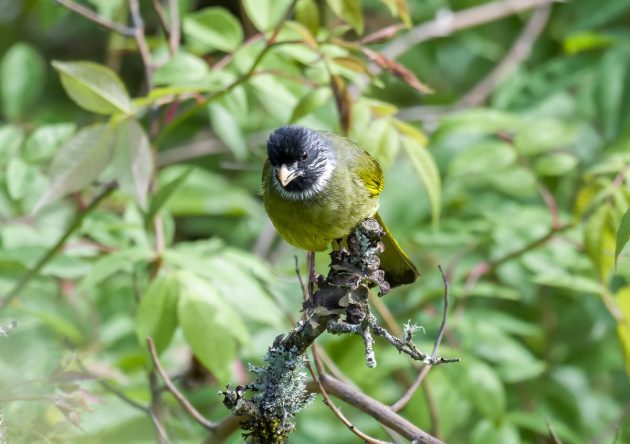
Eating vegetables is good for your health, my mother insisted, though I rarely follow this advice unless on birding trips when there are no good alternatives. In one study just published in July 2023, herbivorous Collared Finchbills had the lowest mercury concentration while an insectivorous species had the highest. My mother is dead already, but she might have pointed out that she told me so.
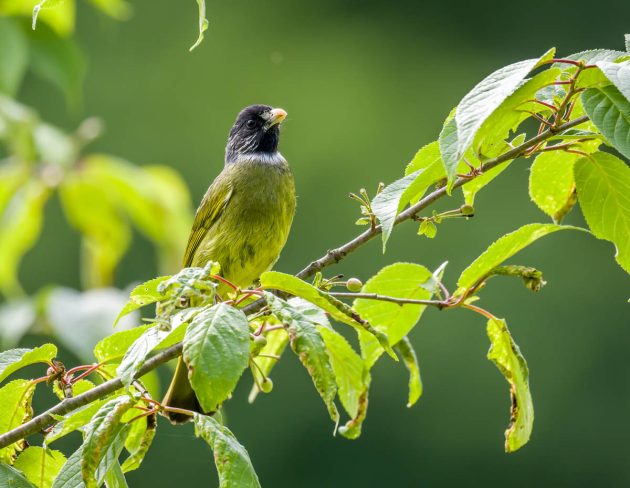
And of course, there is the expected paper characterizing the mitochondrial genome of Collared Finchbill. Must find work for grad students, must find work for grad students, mumbled the professor manically.
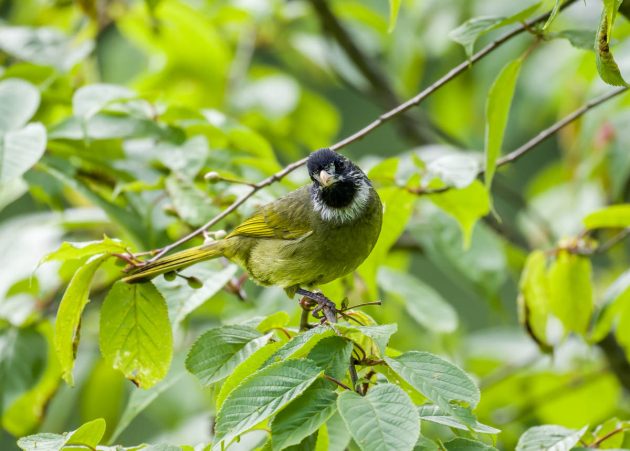
Most Collared Finchbills are not very keen on bringing up the chicks of Himalayan Cuckoos. Fortunately for them (though less so for the cuckoo), in one experiment they ejected 100% of all cuckoo model eggs. A relative of them, the Brown-breasted Bulbul, relies on a different strategy to avoid being cuckolded – placing their nests away from forests (where the cuckoo lives), and aggressively attacking cuckoos.
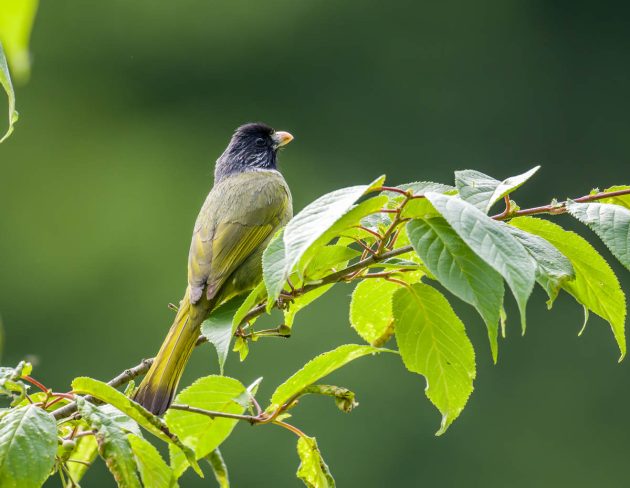
I was just about to follow the above with the phrase about there being more than one way to skin a cat but then shied away from using it as I really like cats (as witnessed by the 13 sharing my apartment with me). So, I looked online for an alternative and found a website with the self-explanatory title “Animal-Friendly Alternatives for Common Expressions” (it also offers alternatives for phrases such as “Killing two birds with one stone”). The phrase they suggest using is “Feed two birds with one hand”, or the vegan version “Cut two carrots with one knife”.
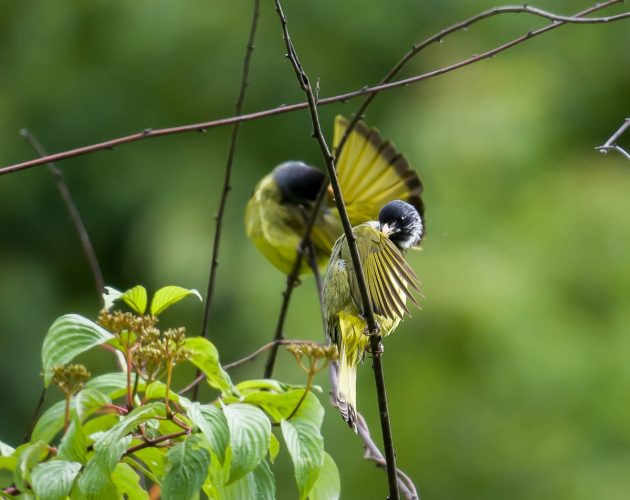













love your posts! How did you ever find “Animal-Friendly Alternatives for Common Expressions”
Thanks, James! Glad you like my posts despite the occasional deviations from purely birding -related topics … As for the website, I think I just googled something like “killing two birds with one stone alternative” and then followed up on some threads …
Hello Kai, cool post as always. I think ‘semitorques’ might refer to the bird’s collar, which does not completely encircle the neck.
Thanks, Eildert – that explanation makes a lot of sense and was actually also suggested to me by another birder. I am sure you are both right.
A torque was a Celtic neck ornament – like a solid necklace. So semitorques = “half-collared”
Thanks, Alan. Seems understanding bird names requires knowledge of many different cultures …
Thanks for this post. I observed the Collared Finchbill for the first time here in Fuyang, Anhui Province two days ago. I made a sketch and sent it to a friend in Harbin who found it on the Chinese internet.
I saw it in a wooded area on the FYNU campus, it was perched on a telephone wire and chirping quite loudly.
Thanks for your post. Very informative and helpful.